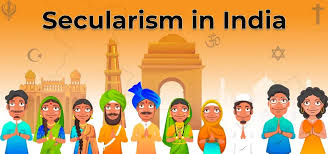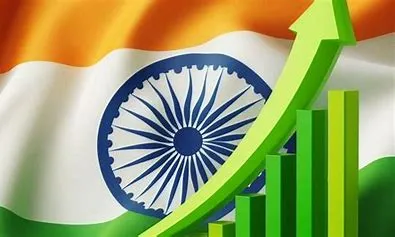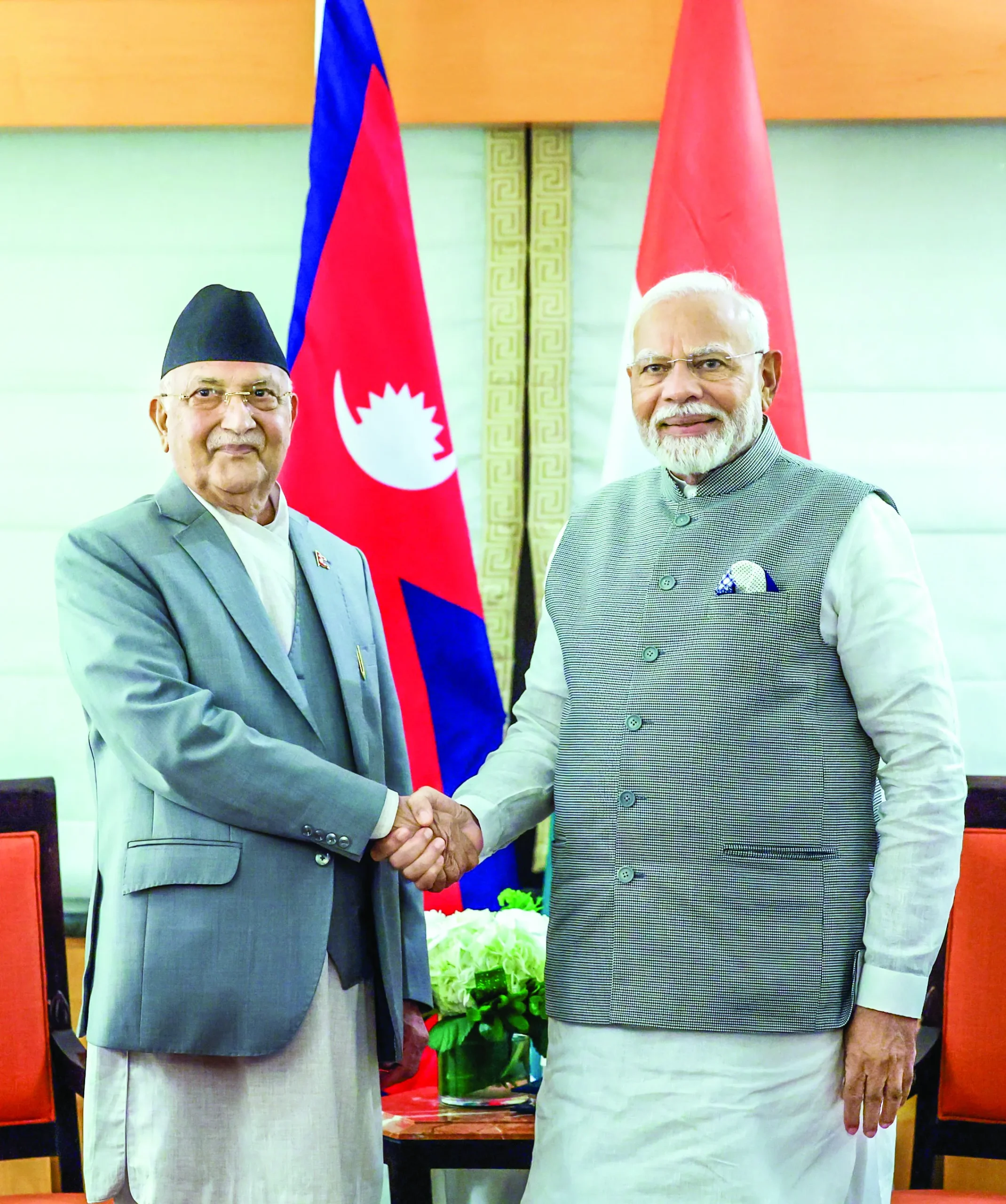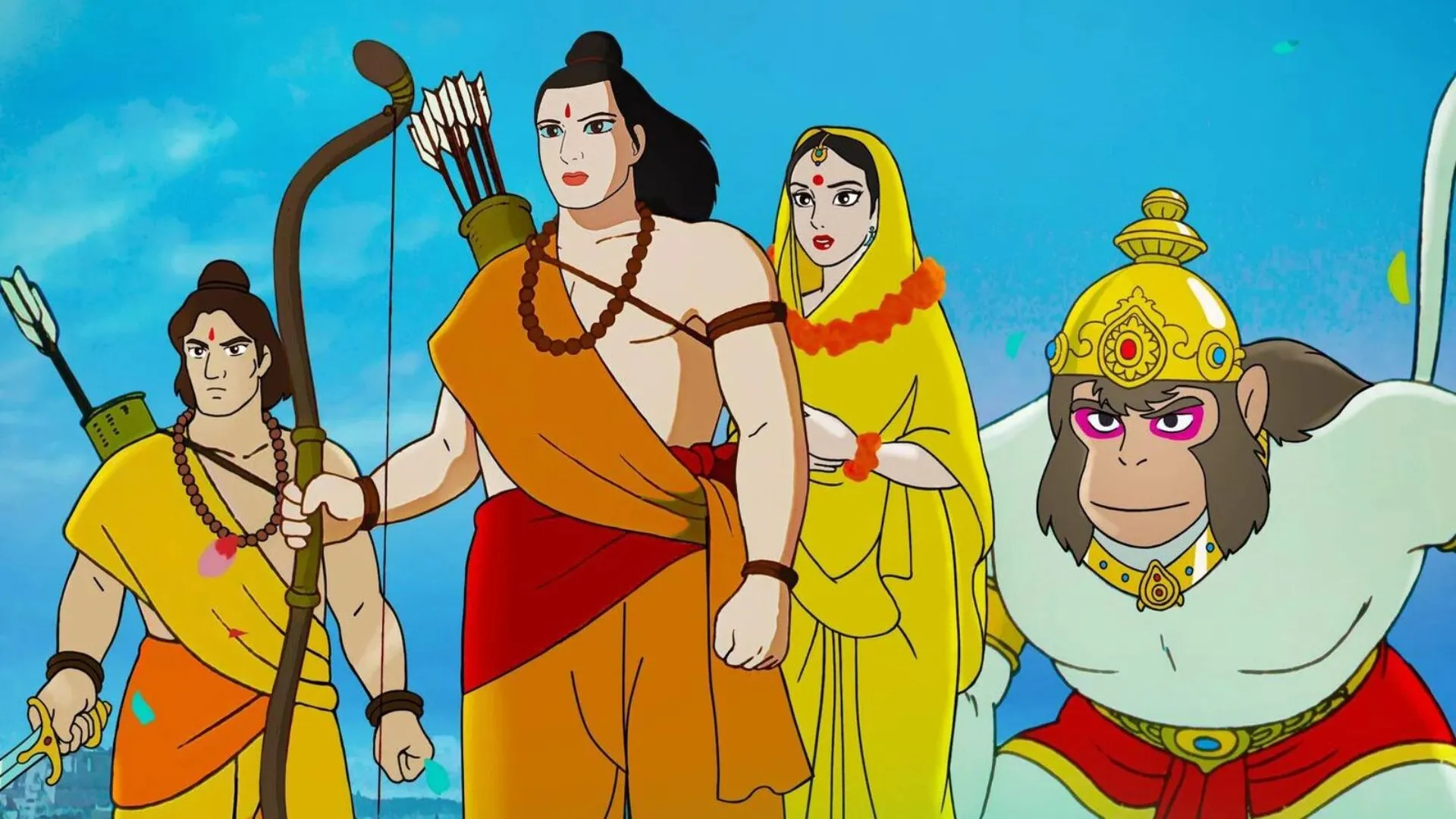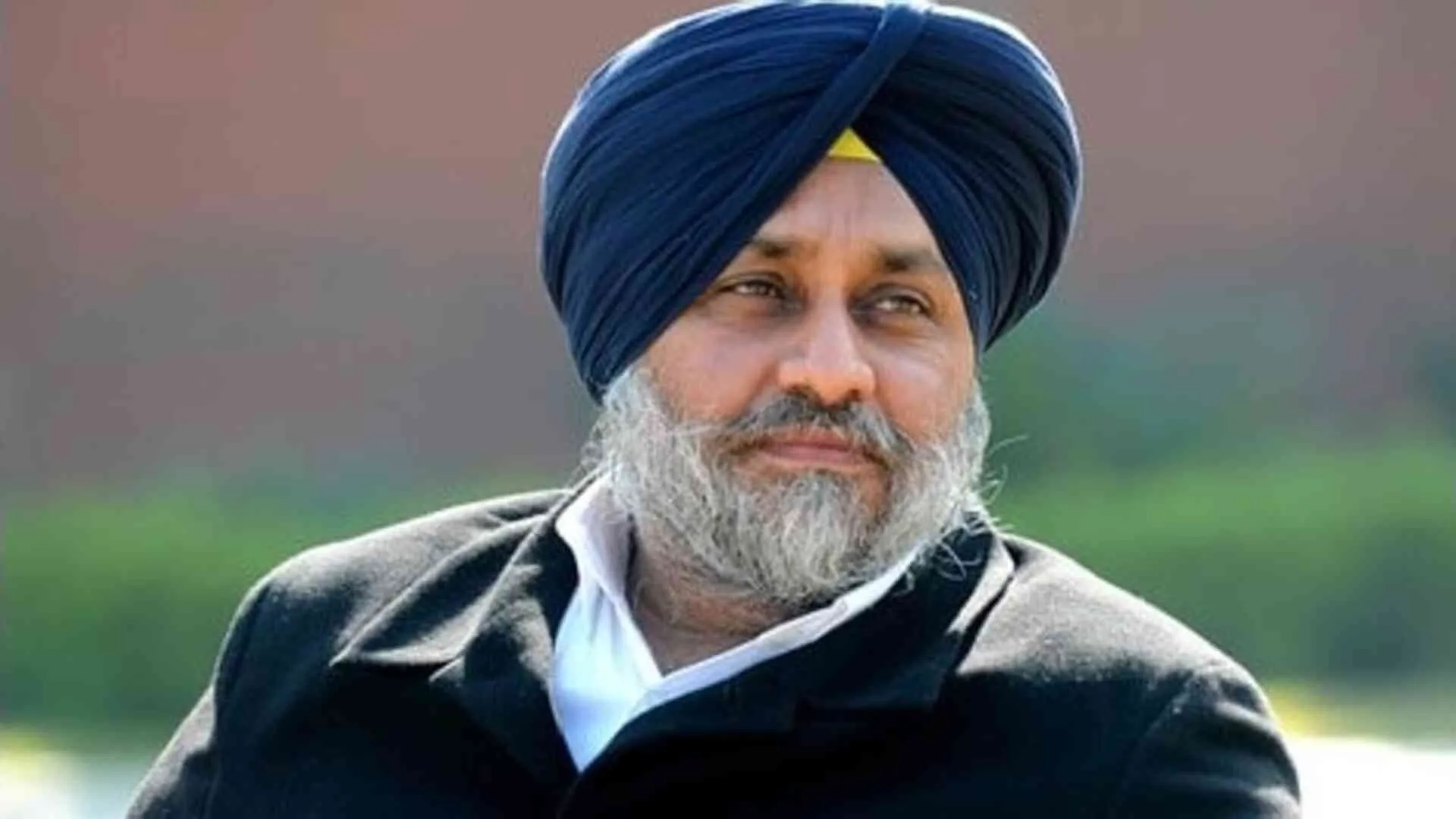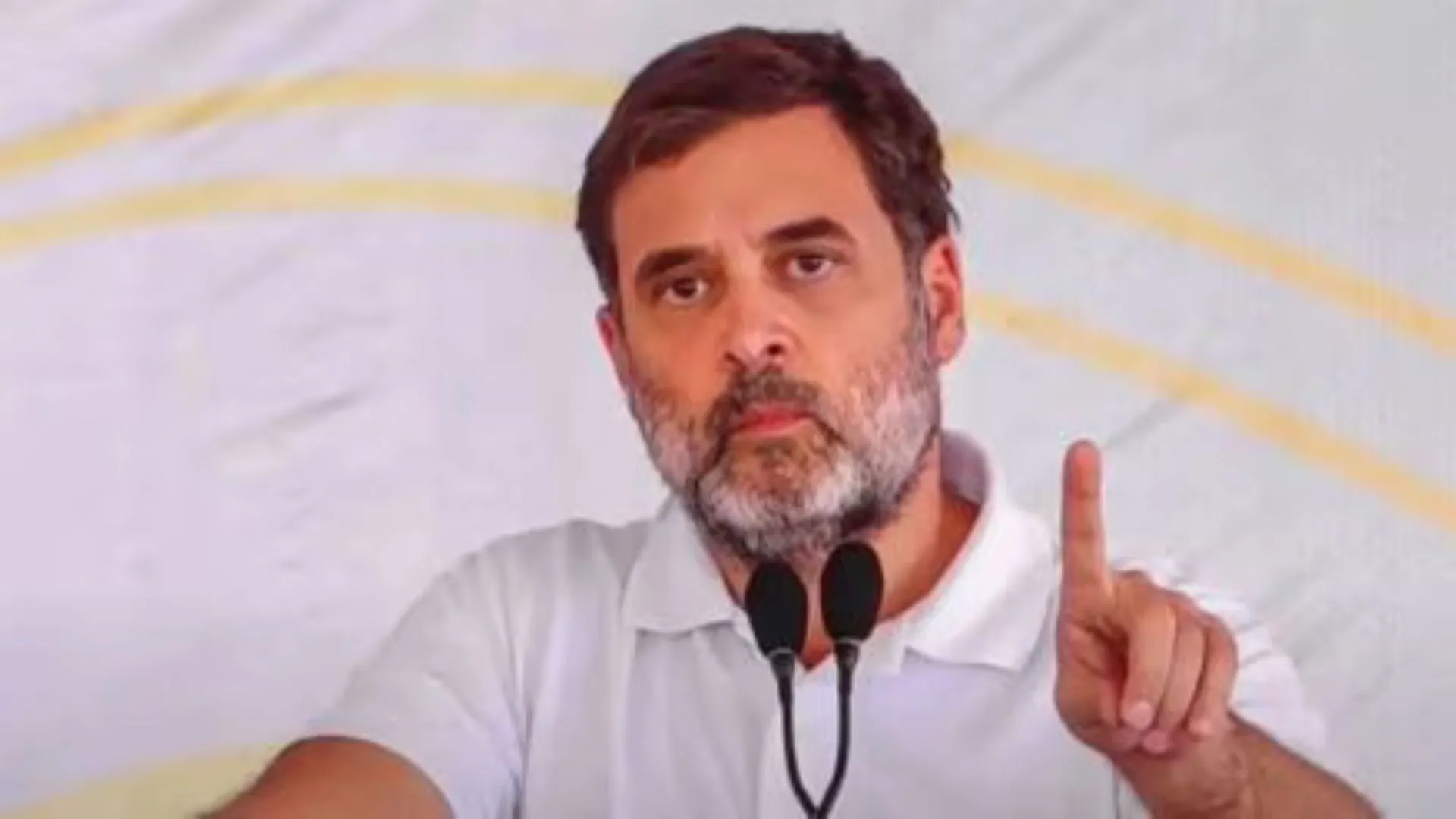After India got its Independence secularism was introduced as a quick fix measure for negotiating politicisation of the Indian religions.
Ever since its introduction of ‘secularism’ in the 42nd Amendment of the Constitution this move has been disputed. The debate today has become more relevant than ever before.
Did our leaders make a mistake by replacing original concepts and substituting it with those which did not fit into the Indian setting?
The Challenges of Secularism in India
Introduction of secularism formalized the systems of tolerance and understanding into a legal mechanism, which eventually could not be supported by the political system.
India has been a melting pot of civilisations, one of the reasons for this phenomenon was geographical location, which suited foreigners for entering into an immersive Indian experience.
India is a country, which has been accommodating a diversity of religious sensitivities since the ancient times. Though Indians have always started their day with religious invocations.
There was a tacit understanding about pluralistic values among people.
But over a period of time, we allowed the Western concept of secularism to gain ascendency over our original concepts of inclusivity.
Ironically the concept was adopted from the Western world, a region that had not been exposed to multiculturism at all, unlike India, which had been its witness to diversity for thousands of years.
That’s why ‘Sarv Dharm Sambhav’ was discussed during Constitutional Assembly debates. Pros and cons of adopting the Western concept of secularism was discussed.
It was the time when bitter memories of India’s Partition were fresh in the minds of people and the country was witnessing communal riots.
In that situation introducing secularism some believe was a wise decision. But many people say it was an error of judgment.
In due course of time a disjunction between the application of secularism and deeply religious nature of Indian people was but natural.
The Supreme Court judges in India have observed – secularism as an original concept cannot be replicated in the Indian experience, which is so deeply religious.
In India for a project like secularism to succeed required close monitoring and constant nurturing of Hindu-Muslim relationship.
Especially after the Partition but this aspect was taken for granted and relegated to the background, other priorities took precedence.
Layering of minorities, even within the majority Hindu community in India has made the implementation of secularism a very difficult experience.
Consequently, the concept of secularism had to be customized as per Indian requirements.
• Adjustments were made as per the provisions of reservations for scheduled casts/tribes, backward communities.
• Government’s control of the administration of Hindu temple trusts.
• Personal religious laws minorities and religion-based subsidies are some of its other unique features.
Therefore, implementation of the true sense of secularism could never become an Indian reality.
Since the Independence almost every political party of India has blatantly violated People’s Representative Act 1951 and sought votes in the name of caste and religion.
We have reached a situation where when a Hindu talks about the refinement and achievements of his or her beliefs systems in today’s society, he is branded as communal.
When he is critical about the weaking of religious tolerance among Hindus in the drawing room conversations he is branded as insane by his own people.
Similarly, when a Muslim carries his identity, he or she attracts people’s gaze or is conscious of his identity and religious practices.
When he is critical of regressive practices within his community, he is ousted by his brothers.
Secularism is said to the cousin sister of democracy. But with our conflicting views around secularism have brought us to a stand point where our democracy is not truly representative of all the Indian communities.
India’s Original Concepts of Tolerance
Our own Rigved- propagated the idea -Ekam Sadviprah Bahudha Vadanti Agnim Yaman Matarishvanamahuh (RV1.164.46). It means there is one truth, people see it differently.
There has always been a provision for pluralism in India.
India’s inclusivity was enriched by the foundations laid by spiritual icons like Guru Nanak, Sai Baba, Kabir and Bulleh Shah.
Ramcharitmanas quotes Lord Ram as saying- ‘Sab Nar Kar He Paraspar Preeti’ (each person should have respect for each other). Indian Muslims believe in the Quran, which says ‘La ikraha fiddin’ (let there be no compulsion in religion).
These compasses were so magnetic that Mughal rulers immersed themselves in the inherent harmony of the Indian civilization.
Their understanding of Indian spirituality had far-reaching consequences that gave birth to syncretic understanding of our unique civilization- Dara Shikoh became its epitome.
He played a crucial role in introducing Hindu civilization to the world through the translations of ancient Indian texts. His pathbreaking work Majma-ul-Bahrain (intermingling of two oceans) centers on the common roots of Hindu Dharma and Islam.
Emperors like Akbar best understood the need for keeping a separation between politics and religion. He was deeply desirous of brining all Indian communities together.
He was so fascinated by the Indian concepts of plurality that he developed a spiritual program called Deen-e-Illahi, which was later opposed tooth and nail by Indian Islamic clergy. All this happened much before secularism was bought into India.
The Cracks
The weakening of Mughals gave birth to anti-colonial sentiments among Indian Muslims and fanned Pan-Islamism movement.
Jamal-al-Din-Al-Afghani propagated Pan-Islamic movement. He sought unity among Muslims to resist colonial occupation of the Muslim lands.
This was the time when Ottoman Empire of Turks was also on the descent and Western power was taking over their lands.
In India revolutionaries like Sir Syed Ahmed were struggling to propagate benefits of modern education.
He tried aligning his idea in best convincing way to traditional Islamic studies in order to bring the Indian Muslims into the nationalist fold.
Just when the Muslim dominance was receding into a religious fervor of anti-colonial sentiments, the British rolled out a separatist narrative.
Undermining the Muslim dominance by the British and subsequent rise of Hinduism led to insecurity among Indian Muslims. The feeling of mistrust further intensified with the Partition of India.
Later political leaders tried to assuage the feeling of insecurity and victimhood among Muslims. They started looking at Muslim community worthy of special attention, which it actually never got.
However, a narrative was constructed that Muslims community got extra-ordinary attention and was being appeased.
This did more harm than any good for either the country or the Muslim community.
It undermined Hindu conscience and generated a feeling of partiality and otherness for the Muslims.
Over a period of time this narrative got replaced with a sense of victimhood among the Indian Muslim community.
Mahatma Gandhi along with other stalwarts like Radhakrishnan Sarvepalli and Maulana Azad placed on record the pitfalls of adopting materialistic version of Western secularism into the Indian setting.
Unfortunately, all this was ignored by certain Western educated Indian elite. They saw secularism in Independent India as the Trojan Horse of their project of adopting Western secularism inspired by worldly things.
The Way Forward
In the backdrop of compromises made in applying the concept of secularism the glorious past of syncretism has been relegating to the past.
Only time can tell whether the experiment of secularism is a success or a failure.
But as of now Indian communities are deeply thinking about the project, which is far removed from the original concept of secularism.
As the young generation of Indians carve out new identities reverting to the ancient wisdom, they must understand that secularism cannot mean appeasement, a feeling of victimhood will not lead them anywhere.
Secularism cannot be in conflict with religiosity. Striving to achieve homogeneity is no solution either.
India as a nation has to figure out a way of preserving diversity and ensuring that electoral democracy is truly representative.
Much will depend on how we decide to run the country – on the basis of dharma or religion.

